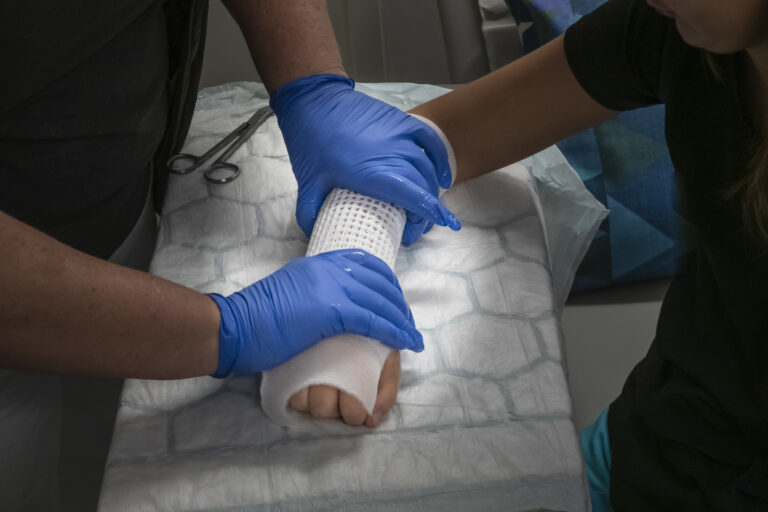Accidents can happen in the blink of an eye, transforming a mundane moment into a crisis. When faced with a broken bone, the immediate aftermath is often chaotic and overwhelming.
Pain shoots through the affected area, panic sets in, and time seems to stretch indefinitely as you await professional assistance. Yet, knowing how to respond in those crucial moments can dramatically influence the outcome of the injury.
Whether you’re a bystander, a parent, or simply someone caught in an unfortunate situation, understanding the essentials of first aid for fractures can make all the difference. From immobilizing the injured limb to controlling bleeding and managing shock, there are vital steps you can take to provide comfort and stabilization until help arrives.
This guide will walk you through the necessary actions to handle a broken bone effectively, empowering you to act with confidence and compassion in an emergency.
First Aid for Broken Bones

When faced with a suspected broken bone, the priority is to assess the situation calmly and securely. Start by immobilizing the affected area; this can be achieved using whatever is available, such as a rolled-up towel or even cardboard, to create a splint. Apply gentle pressure around the injury, but avoid moving the bone itself, as this could exacerbate the damage.
If there’s an open fracture, cover the area with a clean cloth or dressing to stave off infections, but don’t attempt to push the bone back into place. Elevating the injured limb above heart level can help alleviate swelling and minimize pain.
Throughout this process, keep the affected person as calm and still as possible, reassuring them that professional help is on the way. Remember, your actions in these critical moments can make a significant difference, setting the stage for recovery until medical assistance arrives.
Recognizing the Signs of a Broken Bone

Recognizing the signs of a broken bone can be crucial in providing immediate assistance before professional help arrives. One of the most apparent indicators is intense pain at the injury site, often accompanied by swelling or bruising.
You might also notice that the affected limb appears deformed, whether it’s an unnatural angle or an abnormal bulge. Limited mobility is another telling sign; the person may struggle to move the injured area without significant discomfort.
In some cases, a person might even hear a distinct crack at the moment of injury. Look for any signs of an open fracture, where the bone breaks through the skin, as this requires urgent care. While these signs can be alarming, staying calm and assessing the situation can significantly aid in managing the injury until help arrives.
Assessing the Situation: Ensure Safety First

When faced with a broken bone, the first and foremost priority is to ensure safety—for both the injured person and those nearby. Look around: is there any immediate danger? Assess the environment, free of hazards that might worsen the injury or cause additional harm.
Is the victim in a secure spot? If they’re in a precarious position, like the middle of a busy road or near a hazardous substance, carefully relocate them, if possible, without causing further injury. Stay calm, as panic can be contagious and unhelpful. Speak reassuringly to the injured person to help keep them grounded; your composure can have a profound effect on their state of mind.
Only after you’ve guaranteed a safe environment should you proceed to provide care, ensuring that every step you take prioritizes their well-being until professional help can intervene.
Conclusion
In conclusion, knowing how to manage a broken bone before professional help arrives can significantly alleviate pain and prevent further injury. By staying calm, immobilizing the affected area, and providing appropriate support, you can greatly assist the injured individual.
Remember that first aid training Wirral equips you with vital skills and knowledge that can make a difference in emergency situations. Prompt action and a clear understanding of basic first aid principles not only enhance the chances of a better outcome but also empower you to provide essential support until help arrives.
Stay prepared and informed, as the ability to respond effectively in emergencies is invaluable.

